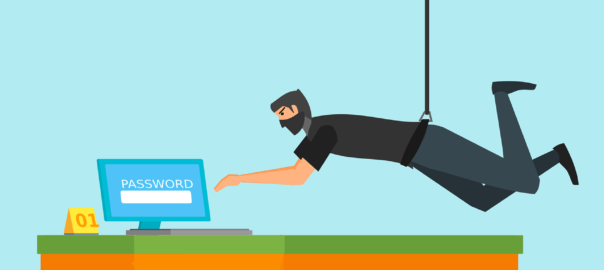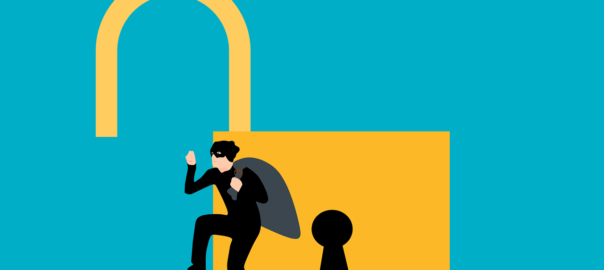In 2025, cyber threats are in almost every nook and corner. They might be with the intent to destroy computers, steal data, or take money. Understanding what they are and how protection against them works will come in handy.
What Are the Most Common Cyber Threats?
They come in so many forms, some old, some new, and very tricky. Here are some of the most common ones you should know about.
Phishing Attacks
Phishing attacks will always be in vogue. They make you give away your personal data. It may involve a phony message or fake websites. Always check the sender’s email address. Do not click on suspicious links.
Ransomware
Ransomware locks your files and demands money to unlock them. It can spread through email attachments or unsafe downloads. Keep your software updated and back up your files regularly.
Malware
Malware is bad software that may cause damage to your computer. It can steal data or spy on you. Use antivirus software and avoid downloading files from unknown sources.
How Can You Protect Yourself Online?
Safety online is important. Here are some simple steps to take to protect yourself from cyber threats.
Use Strong Passwords
Use strong and unique passwords for each account. A strong password includes letters, numbers, and symbols. Change your password regularly.
Enable Two-Factor Authentication
Two-factor authentication is an added layer of security. When it is in place, one has to take an extra step to log in-for example, getting a code on one’s phone. Whenever possible, turn that on.
Be Careful with Public Wi-Fi
Public Wi-Fi is not secure. It is easy for hackers to hack into the data of people who use public networks. Always connect your VPN when using any public Wi-Fi network.
Why is Cybersecurity Important for Everyone?
Cybersecurity doesn’t only apply to big corporations. Everyone should be knowledgeable about cyber threats and their prevention techniques.
Protect Personal Information
Your personal information is worth something. Cybercriminals can use it for identity theft or fraud. Be careful about what you share online.
Secure Financial Transactions
Online banking and shopping are convenient but risky if not done securely. Use secure websites and monitor your accounts regularly for any suspicious activity.
What Should You Do If You Are a Victim of a Cyber Attack?
Sometimes, despite all precautions, you may still become the victim of a cyber attack. Knowing your next step is paramount.
Report the Incident
An immediate report of the cyber attack should be made to the authorities. This could help in investigations and reduce damage.
Change Your Passwords
Immediately change all your passwords if you suspect a breach. This prevents further unauthorized access to your accounts.
How Will Cyber Threats Evolve in the Future?
Cyber threats will continually change with emerging technologies. It’s recommended to stay up-to-date on new threats for better protection.
AI-Powered Attacks
Cybercriminals will leverage artificial intelligence for more sophisticated attacks. AI supports them in selecting the right victims.
Internet of Things (IoT) Vulnerabilities
There are more and more devices connecting via the internet. They start to become the main targets of hackers. Make sure that all devices have updated security measures on them.
Stay Safe Online: Contact Us for More Tips!
Cyber threats are real and growing every day. In this digital age, it is very important to protect yourself online.
For more tips on staying safe online, contact us today! We are here to help you keep your digital life secure.
—
This Article has been Republished with Permission from The Technology Press.




